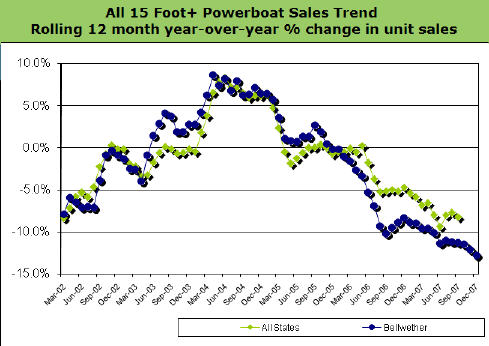A new report by the Direct Marketing Association reveals that marketers in the financial services sector are relying heavily on direct marketing and email, and showing an impressive ROI for these tactics. Here are two particularly impressive findings from this research of U.S. banks and credit institutions:
- They invested $13.4 billion in direct marketing advertising, which produced $178.8 billion in sales, or $13.34 returned for every dollar spent
- Growth in email marketing within financial services companies is expected to be the greatest of all media types used in the next four years, for a compound annual growth of 22.5%
The report also showed a very small reduction in print advertising over the next four years.
What can account for this? Aside from the arguably better overall effectiveness of these media, they are also tactics more suitable to centralized control. As financial institutions continue to consolidate, these tactics become even more appealing.


